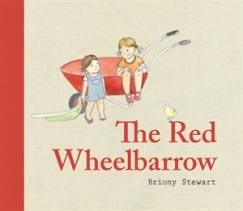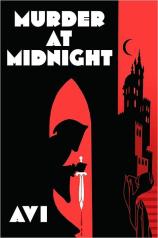 Shaun Tan’s The Lost Thing won best short animated film at the 83rd Academy Awards, based on his illustrated book. In reverse, The Fantastic Flying Books of Mr Morris Lessmore won best animated short film at the 84th Academy Awards and has now been made into a picture book, probably mainly because of its huge success as an interactive app.
Shaun Tan’s The Lost Thing won best short animated film at the 83rd Academy Awards, based on his illustrated book. In reverse, The Fantastic Flying Books of Mr Morris Lessmore won best animated short film at the 84th Academy Awards and has now been made into a picture book, probably mainly because of its huge success as an interactive app.
The loved characters, scenes and idiosyncrasies are re-visited in the picture book. Morris Lessmore is a profound character who loved words, stories and books. ‘His life was a book of his own writing, one orderly page after another. He would open it every morning and write of his joys and sorrows, of all that he knew and everything that he hoped for.’ It sounds idyllic until the intrinsic rule about a narrative needing conflict disturbs the peace as early as the second page – when the wind blew and blew. Morris Lessmore’s house flew like Dorothy’s in the Wizard of Oz and everything he knew was scattered, even the words of his book. He followed an amiable book to a wonderful library where he became immersed in books. At one point Morris is lost inside the books and dangles from the letter ‘J’ because he is so intent on his reading. Students could be directed to these metafictive pages, where attention is drawn to story itself as an artefact to question the relationship between fiction and reality. This device is also used by Jodi Picoult and Samantha Van Leer in Between the Lines and they use the letter ‘J’ as a hook for a character to hang from as well.
There are few books for children which successfully feature an adult main character. This book achieves this, partly because Morris Lessmore has child-like qualities. Read this poignant picture book which, along with the movie and app, celebrate and cherish stories and books.
by Joy Lawn, Children’s Literature Consultant









